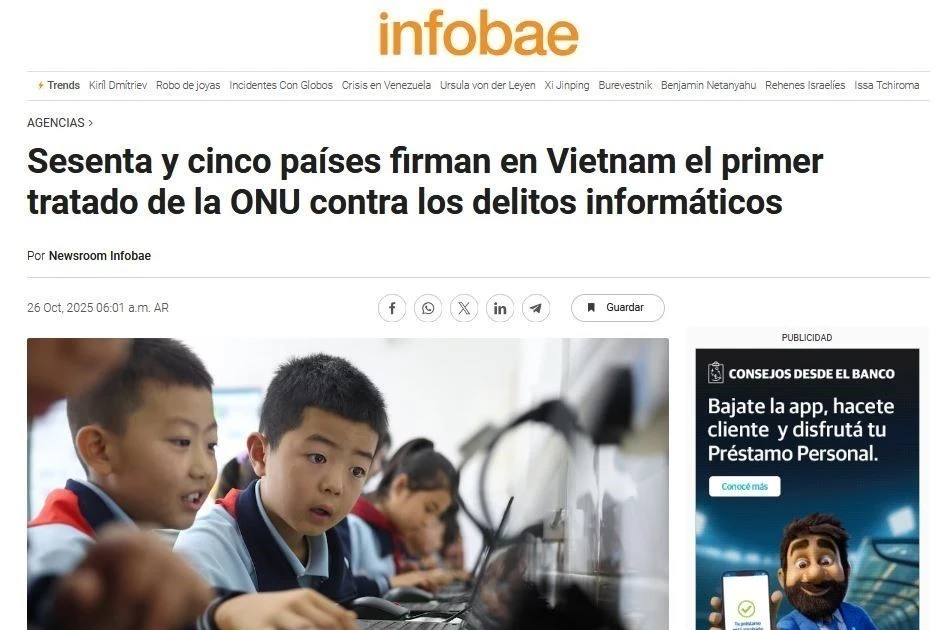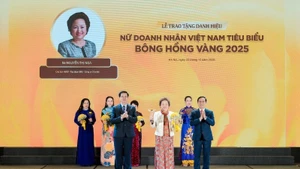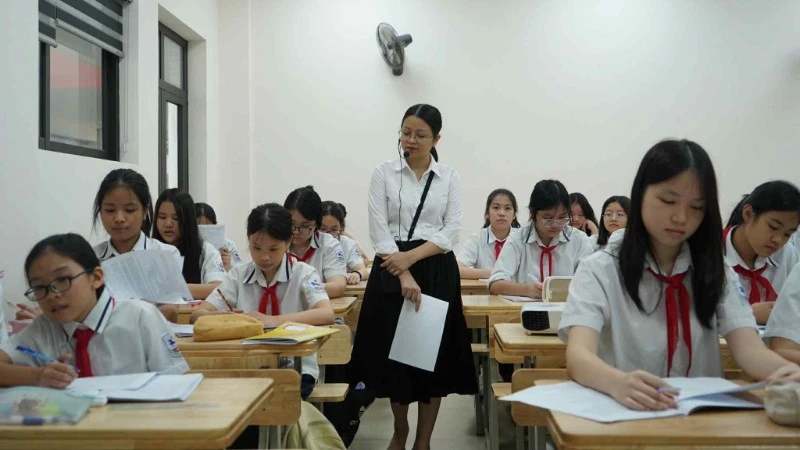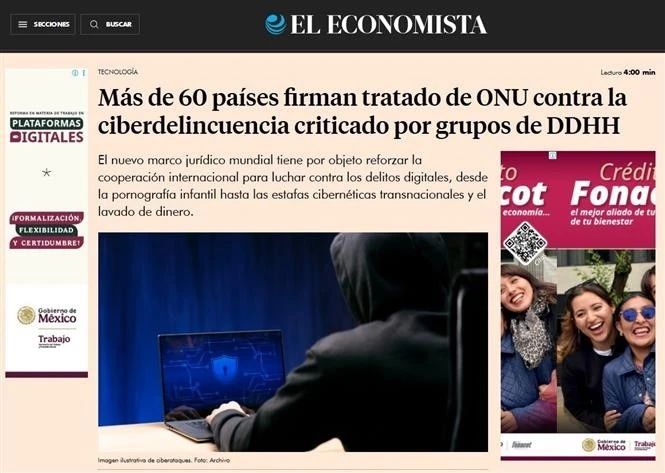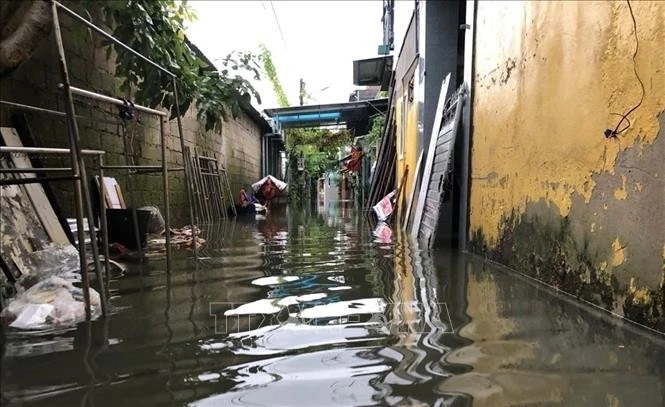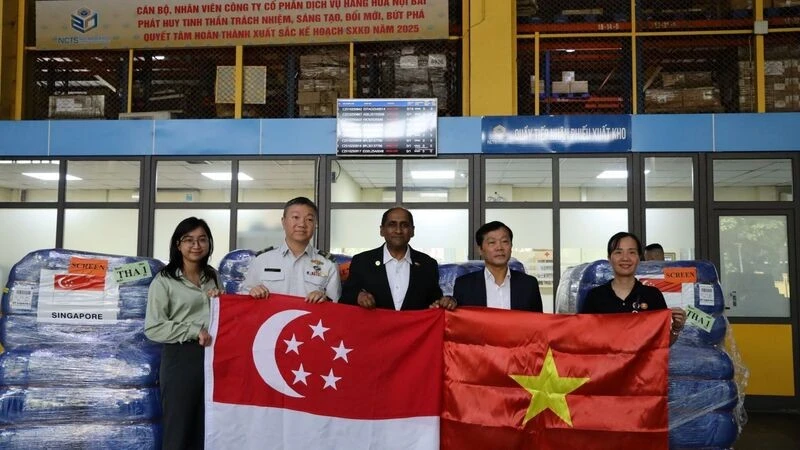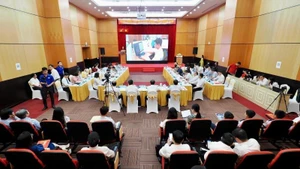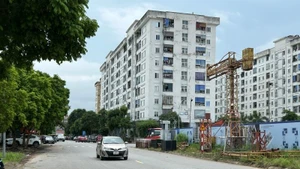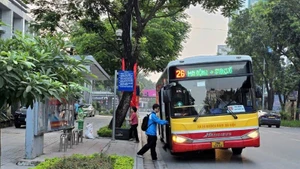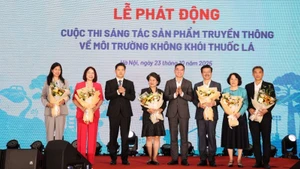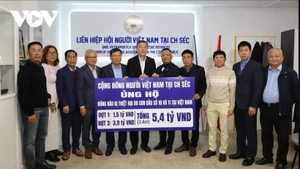Thanks to the strong engagement of both municipal and grassroots authorities, together with the broad consensus and support of local residents, Hue is making confident strides to modernise its governance while honouring its cultural legacy.
Modernising administration, preserving identity
Immediately after gaining the status of a centrally governed city, Hue took its first steps to streamline and consolidate its administrative apparatus to meet the requirements of a two-tier local government model.
Nguyen Van Phuong, Secretary of the Party Committee and Chairman of Hue City People’s Committee, said the city has conducted a comprehensive review of the functions, duties, powers, and organisational structure of its specialised agencies and subordinate units to ensure timely adjustments and greater efficiency. The goal is to create a leaner, more effective administrative system tailored to Hue’s unique identity as a heritage, cultural, ecological, and environmentally friendly urban centre.
The city issued a master plan for restructuring and strengthening its organisational apparatus for the 2025–2030 period, with an emphasis on reducing overlapping functions, enhancing decentralisation and delegation of authority, improving the effectiveness of state management, and upgrading public service quality for citizens and businesses. Staffing and job position management were carried out decisively, alongside personnel training, professional development, and staff rotation to meet new demands.
At the same time, Hue has accelerated the application of information technology and the management of electronic records, ensuring data connectivity between the city and commune levels, marking a solid step forward in its digital-transformation journey. “These initial actions demonstrate the city’s strong determination to build a streamlined, modern, and efficient administrative system that meets the expectations of the Party, the State, and the people for a centrally governed city,” Phuong emphasised.
Since July 1, 2025, the two-tier local government model has been in operation, marking a new chapter in urban governance. The city implemented a wide range of coordinated measures: training and capacity-building for officials; deploying professional civil servants to the grassroots; holding regular online briefings and training sessions; mobilising nearly 1,000 young volunteers to assist residents with online public services; and promoting the role of community digital technology teams.
As a result, Hue became the first locality nationwide to announce 100% eligibility for citywide online public services; all administrative procedures can now be completed regardless of geographical boundaries. The city operates 41 one-stop service centres and 166 online-public service agents. As of September 2025, online applications accounted for 93.18% of total submissions, placing Hue among the top five provinces and cities nationwide. It also ranks third in the country in implementing the two-tier government model - a testament to its strong commitment to administrative reform, transparency, and efficient governance.
According to Phuong, this model strengthens the connection between city leaders and residents, expanding administrative boundaries and enabling policies to be implemented effectively from the grassroots level. Commune and ward governments are now more directly involved in community tourism, heritage management, support for cultural enterprises, and promotion of local start-ups, laying a solid foundation for Hue to pursue its vision of becoming a heritage–cultural–ecological–landscape city while fostering new growth momentum.
Overcoming integration challenges
According to Le Chi Phai, Deputy General Director of Chan May Port Joint Stock Company, Hue’s new status as a centrally governed city enables the port to access national infrastructure funding, preferential policies, and specialised development programmes more rapidly. While competition with other major ports in central Viet Nam creates pressure, it also drives innovation, encouraging the adoption of digital logistics, automation in cargo handling, and cost-efficient operations that enhance service quality.
However, Tran Duc Minh, Chairman of the Hue Young Entrepreneurs Association, noted that young enterprises still face many challenges: limited competitiveness, lack of capital, experience, and brand strategy. Logistics infrastructure, storage facilities, raw-material sources, and administrative procedures remain fragmented, posing significant barriers. In the context of deeper integration, fully leveraging opportunities from the Chan May–Lang Co Economic Zone requires local businesses to strengthen management capacity, strategic thinking, and innovation to stay ahead.
One of Hue’s most valuable resources lies in its young generation. Nguyen Thanh Hoai, Secretary of the Hue Youth Union, emphasised that the greatest opportunities for young people today lie in comprehensive development, from career and entrepreneurship to education, cultural preservation, and global engagement. Hue’s youth are already realising these opportunities through culturally inspired start-up models.
“To go further, young people must equip themselves with knowledge, resilience, digital skills, critical thinking, and global adaptability,” Hoai said. “Youth are both the custodians of Hue’s imperial heritage and the creative force shaping its future. With the support of the Youth Union and a spirit of progress and aspiration, the younger generation can turn challenges into motivation and carve out their own identity within the city’s shared development journey.”
Hue has identified its top development priority as building an economy rooted in heritage, closely linked to the cultural and green industries. This approach is not only a strategic pillar but also a catalyst that connects and drives other sectors, positioning Hue as a modern, green, and sustainable city enriched with cultural depth.
As home to an exceptional system of historical and cultural heritage sites, many of which are recognised by UNESCO, Hue has immense potential to harness these assets to develop its cultural industries. Doing so will generate substantial value for tourism, branding, and socio-economic development while safeguarding the identity of the former imperial capital. The heritage–cultural economy also has strong spill-over effects, stimulating urban renewal, trade, hospitality, and environmental conservation.
Phuong affirmed: “Developing an economy based on heritage, alongside cultural and green industries, is the right direction for the city in this new phase. It allows Hue to preserve its unique identity while modernising and integrating globally, fully deserving its position as a centrally governed city with an effective, efficient two-tier local-government model.”
On its challenging yet promising path of development, Hue City is rising with confidence, preserving its rich heritage, fostering innovation, and uniting youth, enterprises, government, and society in a shared effort to propel the city to new heights.



